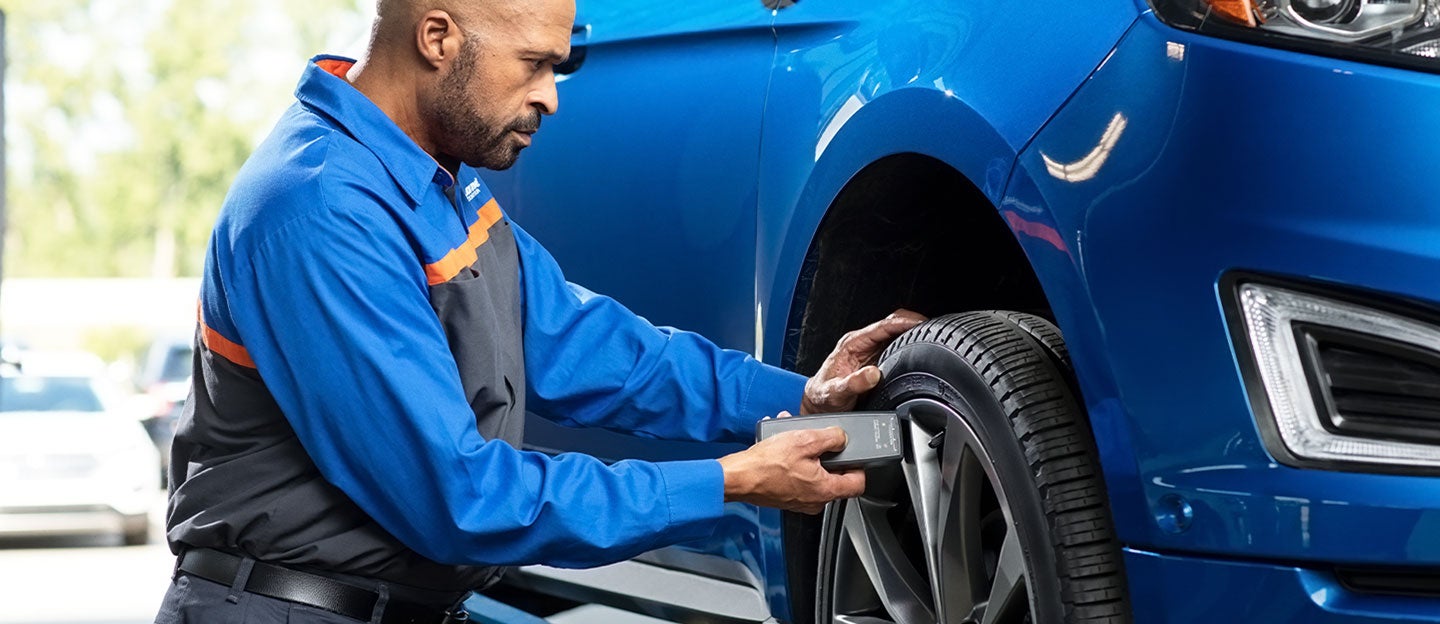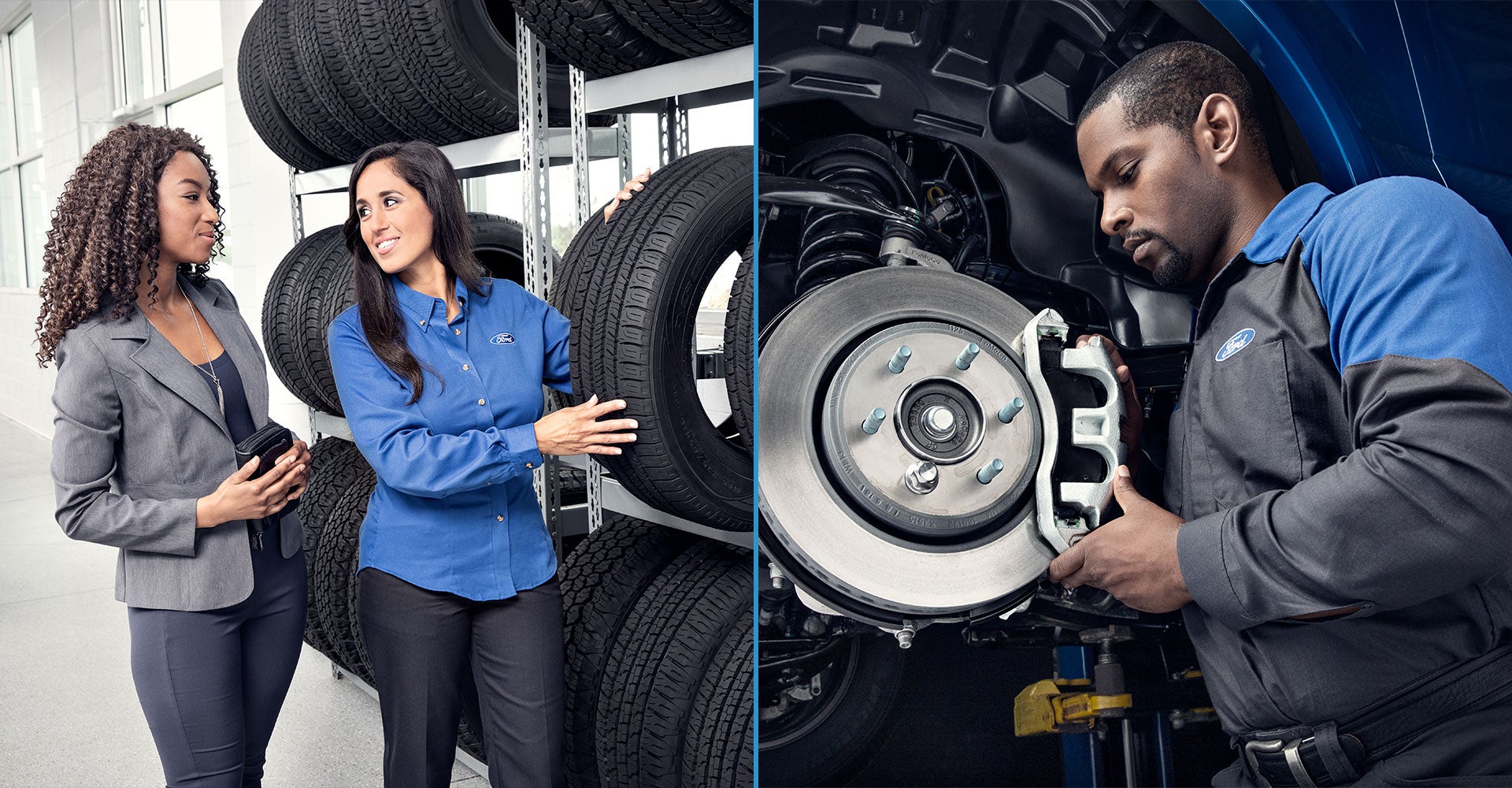When it comes to getting behind the wheel of a new Ford, one of the first questions that comes up is whether to lease or buy. Both options have their pros and cons, and your decision is influenced by your personal preferences, payment flexibility, and future ownership goals. In this article, we'll explore the key differences between short-term leasing and long-term ownership, guiding you towards the right choice.
Leasing a Ford: The Benefits
Leasing a Ford truck can be a great way to drive if you prefer driving a new car every few years or if you want budget-friendly costs. Here are some of the top benefits of leasing:
- Lower Monthly Payments: Lease payments are generally lower than loan payments, making it easier to upgrade to a premium Ford.
- New Car Every Few Years: Leasing allows you to drive a new car every model update period without worrying about wear and tear repairs.
- Minimal Maintenance Costs: Since most leases last for a shorter term, the car will likely still be under factory coverage, reducing financial surprises.
- Flexible End of Lease Options: At the end of your lease, you may choose to purchase the car, lease a new model, or walk away altogether.
Buying a Ford: The Benefits
Buying a Ford model might be a better option if you’re looking for complete autonomy and the freedom to customize it. Let’s take a look at the advantages of buying a Ford:
- Ownership: When you buy a Ford, you hold the title. You can drive it for decades, which makes buying a great choice for those who don’t want to switch often.
- No Mileage Limits: When you buy, you avoid extra mileage fees, which is a smart move if you tend to take road trips. Leasing agreements often have mileage restrictions that can lead to costly penalties if exceeded.
- Unlimited Customization: You’re free to tailor it to your liking however you like, whether it’s installing performance parts.
- Build Equity: When you buy, you're investing in an asset. Once the loan is paid off, it’s fully paid off, which gives you the option to trade, sell, or keep it.
Key Differences Between Leasing and Buying
While both leasing and buying offer distinct advantages, there are a few critical differences to keep in mind:
- Upfront Costs: When leasing, the initial payment is usually lower, with fewer costs due at signing. However, when buying, your down payment may be higher, especially if you’re financing the vehicle.
- Long-Term Commitment: Buying requires a long-term financial commitment, whereas leasing typically spans a shorter term, allowing for more flexibility in vehicle choice.
- End of Term: With leasing, you’ll need to return the vehicle at the end of the lease term, but when you buy, the car is yours to keep, sell, or trade in at any time.


